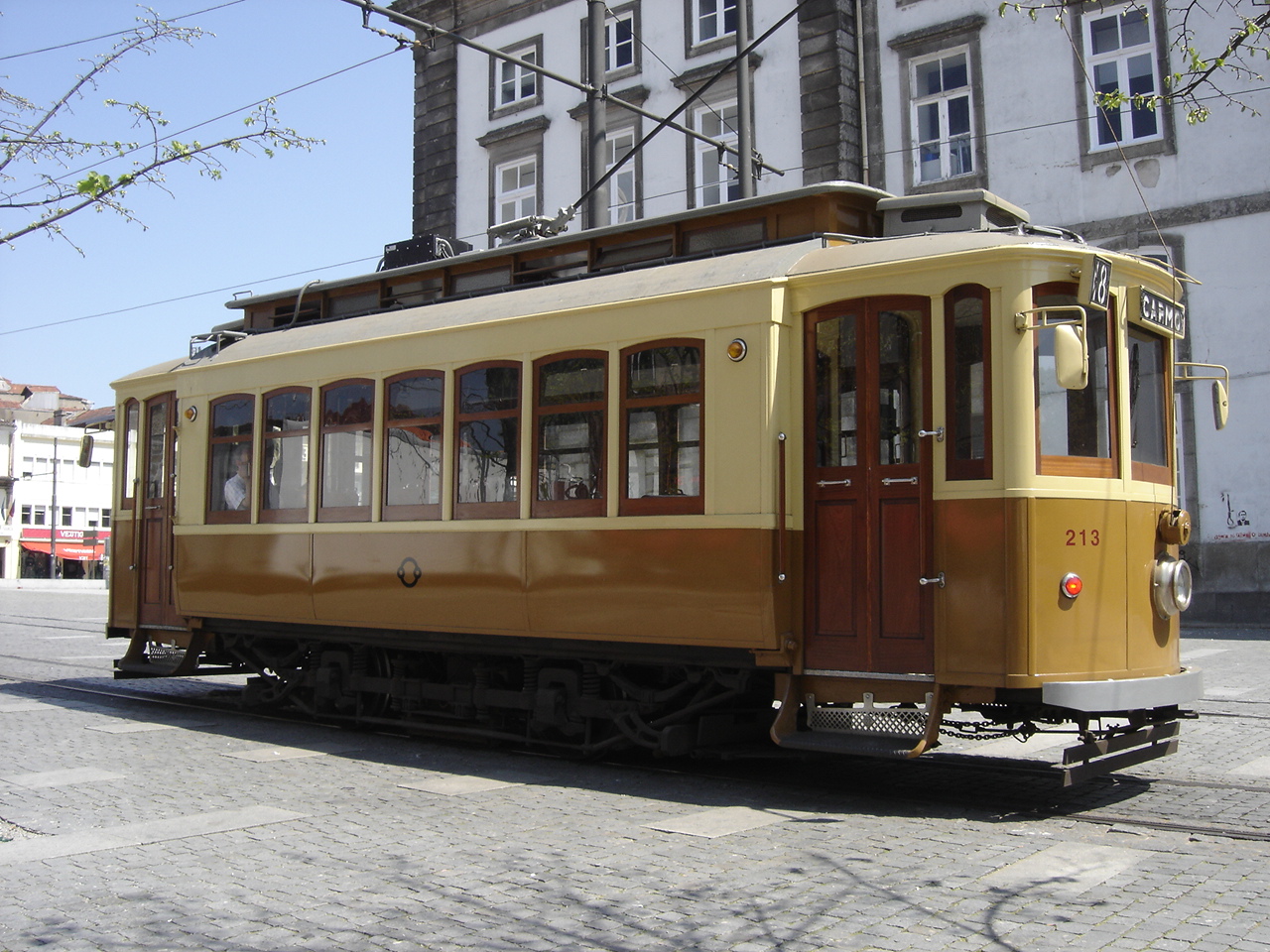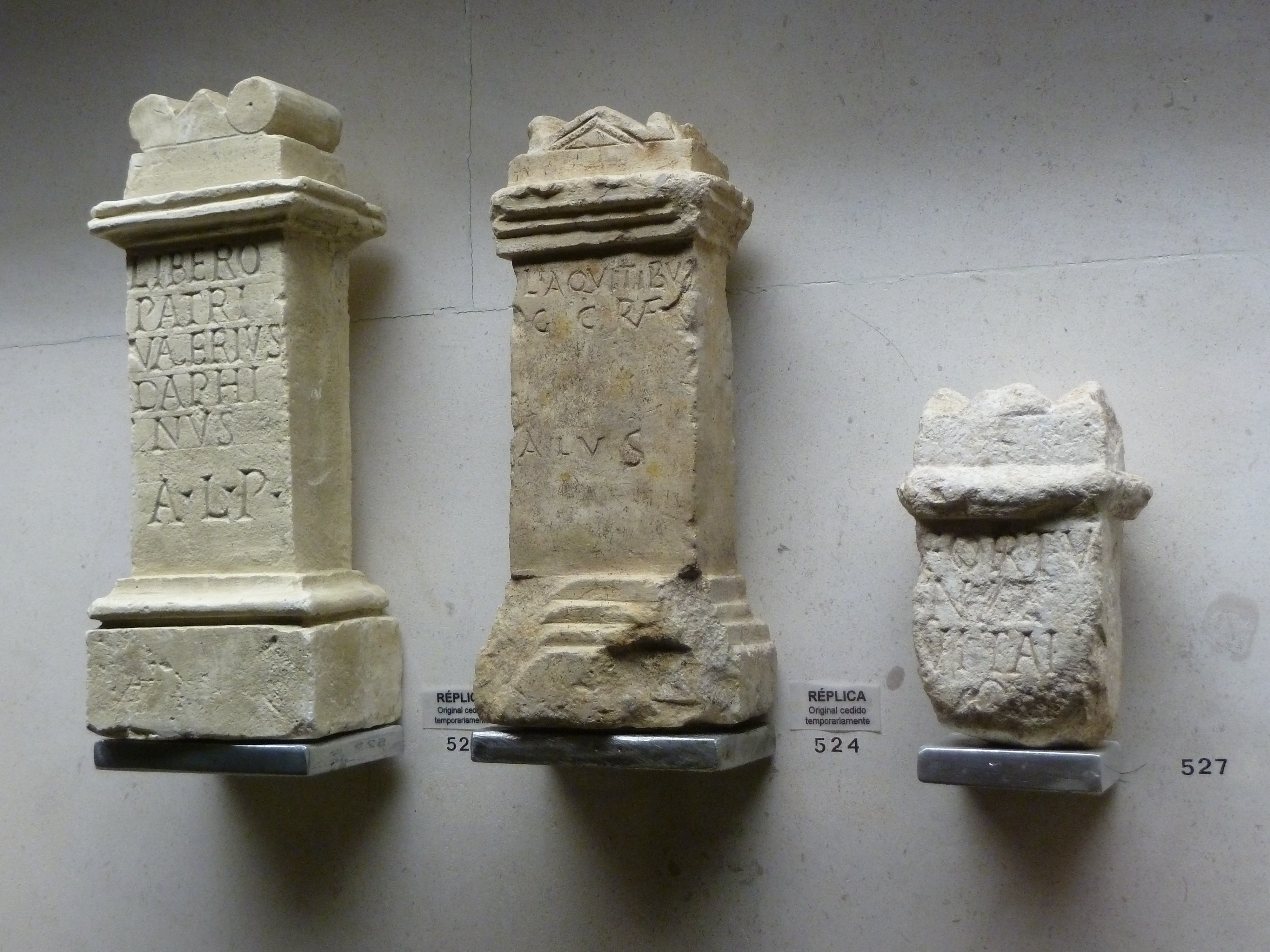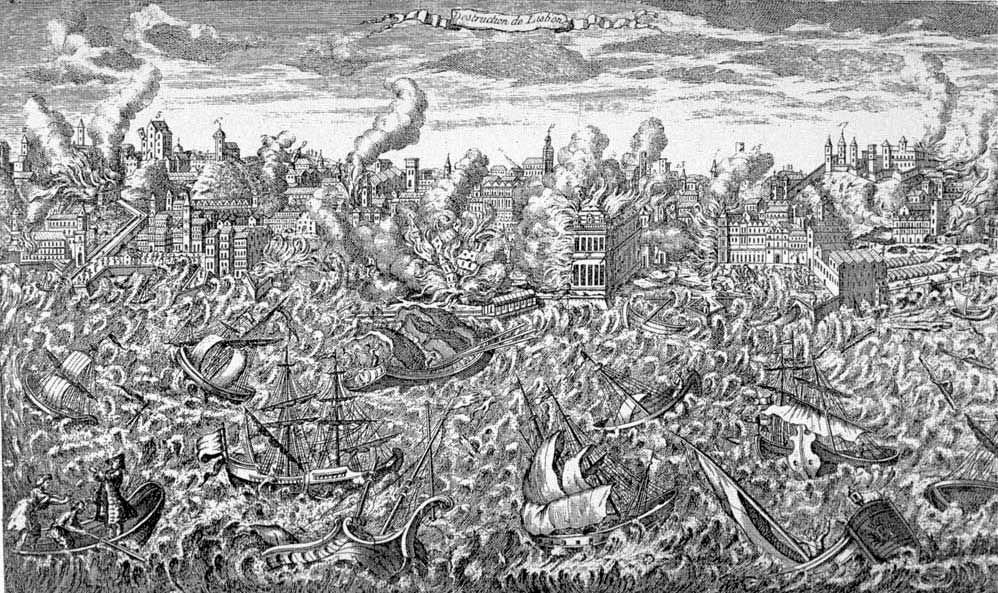|
Timeline Of Coimbra
The following is a timeline of the history of the city of Coimbra, Portugal. Prior to 20th century * ca.563 CE – Roman Catholic Diocese of Coimbra established. * 714 CE – Muslims in power. * 1064 – Coimbra taken by Christian forces of Ferdinand I. * 1139 – Coimbra becomes seat of Kingdom of Portugal (until 1385). * 1169 – San Salvador church established. * 1211 – (assembly) held in Coimbra. * 1286 – Monastery of Santa Clara-a-Velha founded. * 1308 – University moves to Coimbra from Lisbon. (Includes chronology) * 1316 – Monastery of Santa Clara-a-Velha construction begins. Retrieved 12 November 2017 * 1338 – University moves away from Coimbra back to Lisbon. * 1354 – University again moves to Coimbra from Lisbon. * 1355 – Queen consort Inês de Castro murdered at Quinta das Lágrimas. * 1377 – University again moves away from Coimbra back to Lisbon. * 1385 – held in Coimbra. * 1398 – held in Coimbra. * 1472 – held in Coimbra. * 1481 – Po ... [...More Info...] [...Related Items...] OR: [Wikipedia] [Google] [Baidu] |
:Category:City Timelines ...
-Timelines Regional timelines Historical timelines Urban planning cities A city is a human settlement of notable size.Goodall, B. (1987) ''The Penguin Dictionary of Human Geography''. London: Penguin.Kuper, A. and Kuper, J., eds (1996) ''The Social Science Encyclopedia''. 2nd edition. London: Routledge. It can be def ... [...More Info...] [...Related Items...] OR: [Wikipedia] [Google] [Baidu] |
Francisco De Sá De Miranda
Francisco de Sá de Miranda (28 August 1481 – 17 May 1558; ) was a Portuguese poet of the Renaissance. Life Sá de Miranda was born in Coimbra, the son of a canon Gonçalo Mendes de Sá belonging to the ancient and noble family of Sá and Inês de Melo. His brother, Mem de Sá, was the third governor of the Portuguese colony of Brazil. Sá de Miranda passed his early years by the banks of the river Mondego, considered a source of inspiration to many other poets. He made his first studies of Greek, Latin and philosophy in the college of the Santa Cruz Monastery, and in 1505 went to University of Lisbon (the University of Coimbra had moved to Lisbon in 1380) to study law, beginning at the same time to attend the Portuguese court and write poems in the mediaeval style still dominant in Portugal. Verse-making and gallantry occupied much of his time at court, and he became one of a group comprising the greatest nobles and most celebrated poets of the age, including Bernard ... [...More Info...] [...Related Items...] OR: [Wikipedia] [Google] [Baidu] |
Trams In Portugal
Trams in Portugal have generally been traditional electric cars in large cities such as Lisbon, Porto and Sintra. Portuguese tram routes are typically, but not necessarily, tourist attractions. Tramways are usually embedded in the older parts of Portuguese cities. They are intended primarily for carrying passengers, and as a means of rapid transportation, since the trams usually have priority over the remaining traffic. Trams came to Portugal in the following sequence: Porto (1895), Lisbon (1901), Sintra (1904), Coimbra (1911) and Braga (1914). The first three of these networks are still in operation; the remaining two have been closed. Lisbon The "amarelos da Carris" (English:''Yellows of the Rails'') are a symbol of Lisbon, plying the narrow streets, steep and winding. The Lisbon tramway network is operated by Carris. It presently comprises 5 lines, and has a total length of in gauge, of which is on reserved tracks. Carris employs 165 brakemen (conductors of trams), ... [...More Info...] [...Related Items...] OR: [Wikipedia] [Google] [Baidu] |
Conímbriga
Conímbriga is one of the largest Roman settlements excavated in Portugal, and was classified as a National Monument in 1910. Located in the civil parish of Condeixa-a-Velha e Condeixa-a-Nova, in the municipality of Condeixa-a-Nova, it is situated from the municipal seat and from Coimbra (the Roman town of Aeminium). Conímbriga is a walled urban settlement, encircled by a curtain of stone structures approximately long. Entrance to the settlement is made from vaulted structures consisting of two doors (one on hinges), at one time defended by two towers. The walls are paralleled by two passages, channelled to excavations, that remove water infiltration from the walls. The urban settlement consists of various structures, including a forum, basilica and commercial shops, thermal spas, aqueducts, insulae, homes of various heights (including interior patios) and domus (such as the ''Casa dos Repuxos'' and ''Casa de Cantaber''), in addition to a paleo-Christian basilica. A visitor ... [...More Info...] [...Related Items...] OR: [Wikipedia] [Google] [Baidu] |
Coimbra University Robes Burian 5588
Coimbra (, also , , or ) is a city and a municipality in Portugal. The population of the municipality at the 2011 census was 143,397, in an area of . The fourth-largest urban area in Portugal after Lisbon, Porto, and Braga, it is the largest city of the district of Coimbra and the Centro Region. About 460,000 people live in the Região de Coimbra, comprising 19 municipalities and extending into an area of . Among the many archaeological structures dating back to the Roman era, when Coimbra was the settlement of Aeminium, are its well-preserved aqueduct and cryptoporticus. Similarly, buildings from the period when Coimbra was the capital of Portugal (from 1131 to 1255) still remain. During the late Middle Ages, with its decline as the political centre of the Kingdom of Portugal, Coimbra began to evolve into a major cultural centre. This was in large part helped by the establishment of the first Portuguese university in 1290 in Lisbon and its relocation to Coimbra in 1308, m ... [...More Info...] [...Related Items...] OR: [Wikipedia] [Google] [Baidu] |
Coimbra Academic Association
The Associação Académica de Coimbra (AAC) is the students' union of the University of Coimbra (UC). Founded in Coimbra on November 3, 1887, it is the oldest students' union in Portugal. It is also the biggest Portuguese students' union belonging to an independent institution, since it represents all the students of its university, who gain automatic membership into the AAC as students of the University of Coimbra (25,580 students as of 2021). In addition to several departments dedicated to culture and student life, ranging from theatre and musical groups to radio and cinematography, the AAC has several sports' departments based in Coimbra. All teams and athletes of the AAC sports departments bear the same name and logo with black uniforms. This is one of the largest sports clubs of Portugal. The Associação Académica de Coimbra - O.A.F. is one of its better known organizations across Portugal due to a historical presence on the main Portuguese Football Championships and the ... [...More Info...] [...Related Items...] OR: [Wikipedia] [Google] [Baidu] |
Ramal Da Lousã
Ramal da Lousã is a railway line which connects the stations of Coimbra-B, on the Linha do Norte, and Coimbra, in Portugal. It was opened by the Companhia Real dos Caminhos de Ferro Portugueses, under the name Ramal de Coimbra, on 18 October 1885, and was extended to Lousã on 16 December 1906, and to Serpins on 10 August 1930. During the 1990s the Metro Mondego project was planned, with the intention of replacing the Ramal da Lousã with a light rail system. The section Miranda do Corvo– Serpins was closed on 1 December 2009, and the section Coimbra–Miranda do Corvo on 4 January 2010, with buses replacing the service. The section from Coimbra-B to Coimbra was not closed, making Coimbra the terminus again. The construction of the Metro Mondego started, but was stopped due to the 2010–14 Portuguese financial crisis. In 2017, the Portuguese government changed the plans for Metro Mondego, renaming it Sistema de Mobilidade do Mondego: instead of a light rail, it i ... [...More Info...] [...Related Items...] OR: [Wikipedia] [Google] [Baidu] |
Lisbon Academy Of Sciences
The Lisbon Academy of Sciences ( pt, Academia das Ciências de Lisboa) is Portugal's national academy dedicated to the advancement of sciences and learning, with the goal of promoting academic progress and prosperity in Portugal. It is one of Portugal's most prestigious scientific authorities and the official regulator of the Portuguese language in Portugal, through its Class of Letters. History The academy was founded on 24 December 1779 in Lisbon, Portugal, by João Carlos de Bragança, Duke de Lafões, who served as the academy's first President, and José Correia da Serra, who served as its first secretary-general. Domenico Vandelli was among its mentors and early organizers. The academy received royal patronage under Queen Maria I of Portugal in 1783, bestowing the title of ''Royal Academy of Sciences'' (''Real Academia das Ciências'') unto the institution. The seat of the academy in Lisbon has been located in the Bairro Alto district of Lisbon since 1834. Organiz ... [...More Info...] [...Related Items...] OR: [Wikipedia] [Google] [Baidu] |
Coimbra District
Coimbra District ( pt, Distrito de Coimbra, or ) is located in the Centro Region, Portugal. The district capital is the city of Coimbra. Municipalities The district is composed by 17 municipalities: * Arganil * Cantanhede * Coimbra * Condeixa-a-Nova * Figueira da Foz * Góis * Lousã * Mira * Miranda do Corvo * Montemor-o-Velho * Oliveira do Hospital * Pampilhosa da Serra * Penacova * Penela * Soure * Tábua * Vila Nova de Poiares Summary of votes and seats won 1976-2022 , - class="unsortable" !rowspan=2, Parties!!%!!S!!%!!S!!%!!S!!%!!S!!%!!S!!%!!S!!%!!S!!%!!S!!%!!S!!%!!S!!%!!S!!%!!S!!%!!S!!%!!S!!%!!S!!%!!S , - class="unsortable" align="center" !colspan=2 , 1976 !colspan=2 , 1979 !colspan=2 , 1980 !colspan=2 , 1983 !colspan=2 , 1985 !colspan=2 , 1987 !colspan=2 , 1991 !colspan=2 , 1995 !colspan=2 , 1999 !colspan=2 , 2002 !colspan=2 , 2005 !colspan=2 , 2009 !colspan=2 , 2011 !colspan=2 , 2015 !colspan=2 , 2019 !colspan=2 , 2022 , - , align="lef ... [...More Info...] [...Related Items...] OR: [Wikipedia] [Google] [Baidu] |
André Masséna
André Masséna, Prince of Essling, Duke of Rivoli (born Andrea Massena; 6 May 1758 – 4 April 1817) was a French military commander during the French Revolutionary Wars and the Napoleonic Wars.Donald D. Horward, ed., trans, annotated, The French Campaign in Portugal, An Account by Jean Jacques Pelet, 1810-1811 (Minneapolis, MN, 1973), 501. He was one of the original 18 Marshals of the Empire created by Napoleon I, with the nickname (the Dear Child of Victory). Many of Napoleon's generals were trained at the finest French and European military academies, however Masséna was among those who achieved greatness without the benefit of formal education. While those of noble rank acquired their education and promotions as a matter of privilege, Masséna rose from humble origins to such prominence that Napoleon referred to him as "the greatest name of my military empire". His military career is equaled by few commanders in European history. In addition to his battlefield successes ... [...More Info...] [...Related Items...] OR: [Wikipedia] [Google] [Baidu] |
1755 Lisbon Earthquake
The 1755 Lisbon earthquake, also known as the Great Lisbon earthquake, impacted Portugal, the Iberian Peninsula, and Northwest Africa on the morning of Saturday, 1 November, Feast of All Saints, at around 09:40 local time. In combination with subsequent fires and a tsunami, the earthquake almost completely destroyed Lisbon and adjoining areas. Seismologists estimate the Lisbon earthquake had a magnitude of 7.7 or greater on the moment magnitude scale, with its epicenter in the Atlantic Ocean about west-southwest of Cape St. Vincent and about southwest of Lisbon. Chronologically, it was the third known large scale earthquake to hit the city (following those of 1321 and 1531). Estimates place the death toll in Lisbon at between 12,000 and 50,000 people, making it one of the deadliest earthquakes in history. The earthquake accentuated political tensions in Portugal and profoundly disrupted the Portuguese Empire. The event was widely discussed and dwelt upon by European ... [...More Info...] [...Related Items...] OR: [Wikipedia] [Google] [Baidu] |




.jpg)

.jpg)
